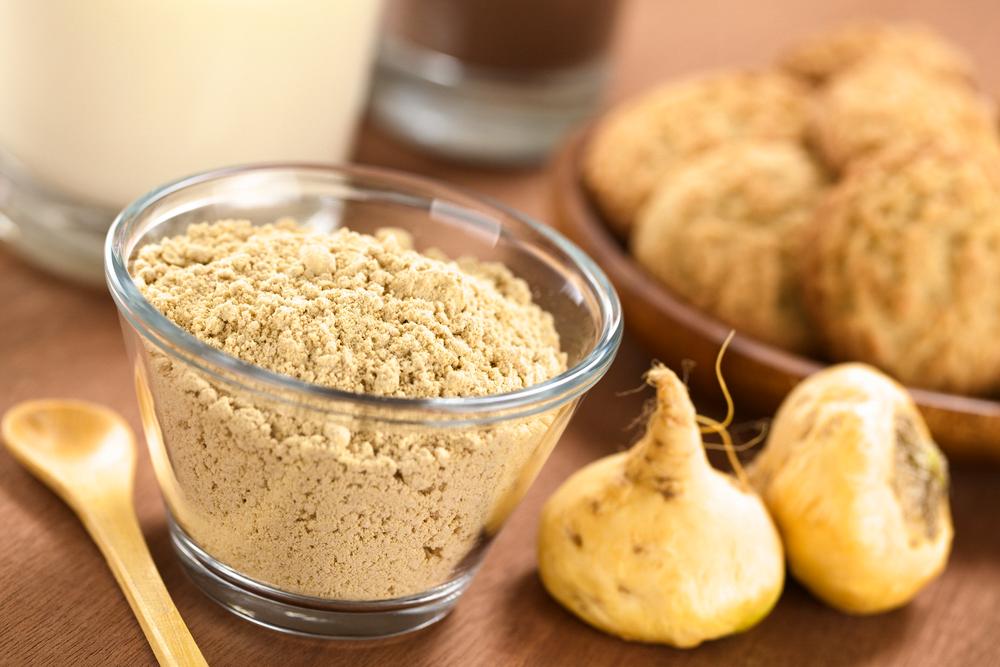Calcium could, in all fairness, be called the king of minerals. It’s the most abundant mineral found in the human body, and it plays a critical role in the formation and maintenance of bones and teeth, as well as muscle contraction, blood clotting, and nerve signaling. The vast majority of the body’s calcium—98 percent according to the National Institutes of Health—is stored in the bones.
There’s no dispute among experts that getting enough calcium is essential, but that’s where the agreement ends. Precisely how much calcium is necessary for optimum health and which dietary sources are best for obtaining it remain hotly disputed topics.
Calcium needs vary significantly according to age and sex. During times of rapid growth—such as adolescence and pregnancy—needs are higher than during times of “maintenance.” Also, post-menopausal women have increased calcium needs as they experience an accelerated rate of bone loss because of falling estrogen levels.
We’ve been told for decades that calcium is essential and that dairy products are the best source of calcium, so it’s a short hop to the conclusion that we should all be loading up on plenty of milk, yogurt, and cheese if we’re to avoid weak bones and recurring cavities down the road.
| Life Stage (Years) | Recommended Daily Amount (Calcium) |
| Children 1-3 years | 700 mg |
| Children 4-8 years | 1000 mg |
| Children and Teens 9-18 years | 1300 mg |
| Adults 19-50 years | 1000 mg |
| Adult men 51-70 years | 1000 mg |
| Adult women 51-70 years | 1200 mg |
| Pregnant and breastfeeding teens | 1300 mg |
| Pregnant and breastfeeding adults | 1000 mg |
| Source: Institute of Medicine | |
But what about those who are allergic to milk? Cow’s milk is the most common food allergen among infants and young children, with about 2.5 percent being affected, according to nonprofit FARE, or Food Allergy Research and Education. While many outgrow their dairy allergy eventually, some don’t and carry it into adulthood.
Add to this those who suffer from lactose intolerance, which recent research shows afflicts roughly two-thirds of the world population, and those who follow a vegan diet, and there’s a sizable chunk of the population who, either by necessity or by choice, avoid dairy products and must have their calcium needs met from other sources.
As worrisome as it might be to veer from the “Got Milk?” campaign, rest assured that it’s entirely possible to get sufficient calcium without consuming dairy products. There are a variety of calcium-rich plant foods and calcium-fortified foods and beverages to choose from, and supplements are also an option if needed. Considering that an eight-ounce glass of cow’s milk averages 300 milligrams (mg) of calcium, compare these non-dairy options.
Almonds: Almonds top the list of calcium-rich nuts. 100 grams (g) of almonds, which is a substantial serving at about 100 nuts, contains 273 mg of calcium, along with healthy fats, iron, protein, and fiber.
Canned salmon and sardines: When canned with their soft, edible bones, these fish options provide an impressive amount of calcium. One 3.75-ounce (92 g) can of sardines contains 351 mg of calcium, according to the USDA’s FoodData Central, while a three-ounce (85 g) can of salmon contains 241 mg.
Kale and collard greens: Several leafy greens are high in calcium, but some—such as spinach—contain significant amounts of an antinutrient called oxalate, which hinders calcium absorption. Kale and collard greens are both low in oxalates and high in calcium, providing 177 mg and 268 mg per cup, respectively.
White beans: Among beans and legumes, white beans rank among the highest in calcium content. A total of 100 g of dried, small white beans contains 236 mg of calcium. Other varieties of beans and lentils contain less calcium but are still rich sources of fiber, protein, and a variety of micronutrients.
Molasses: The calcium content of molasses varies significantly depending on type, but, along with substantial amounts of iron, potassium, and magnesium, the amounts are notable. One tablespoon of molasses contains 41 mg of calcium. Blackstrap molasses, which is more concentrated and nutrient-dense than regular molasses, contains much more at 100 mg per tablespoon, which is 10 percent of the daily value recommended for adults by the USDA Dietary Guidelines.
Winter squash: One cup of cooked butternut squash contains 84 mg of calcium, while the same amount of acorn squash contains even more at 90 mg. Both varieties, along with other orange-fleshed species, are also loaded with vitamins A and C and gut-supporting fiber.
Calcium-set tofu: Tofu is made using three basic ingredients: soybeans, water, and a coagulating substance, such as magnesium chloride or calcium sulfate. When calcium sulfate is used as the coagulating substance, the calcium content of tofu is very high—as high as 683 mg per 100 g for raw, firm tofu, while firm tofus using other coagulating agents may have between 100 mg and 200 mg of calcium per 100 g of tofu. Check the nutritional label to see the calcium content of the tofu brands in your area.
Seeds: Poppy, sesame, and chia seeds all contain impressive amounts of calcium. Just one tablespoon of poppy seeds contains 127 mg of calcium—more than 12 percent of the recommended dietary allowance (RDA) for most adults—while sesame and chia seeds both contain about 9 percent of the RDA.
Fortified orange juice: While eating one whole orange will net you roughly 65 mg of calcium, one cup of calcium-fortified orange juice supplies a hefty 349 g—more than a third of the RDA.
Plant-based milk substitutes: Soy, almond, rice, and oat milks are often fortified with calcium to levels comparable with cow’s milk. One cup of soy milk contains 300 mg of calcium, equivalent to a cup of cow’s milk. Rice and oat milk are fortified to similar levels, and one cup of unsweetened almond milk boasts even more calcium at 449 mg per cup.
Getting enough calcium is essential at every age, but for those who don’t consume dairy products, there’s no need to fear falling short. Intentionally including plenty of calcium-rich non-dairy foods as a regular part of the diet makes it easy to get enough of this essential mineral.






